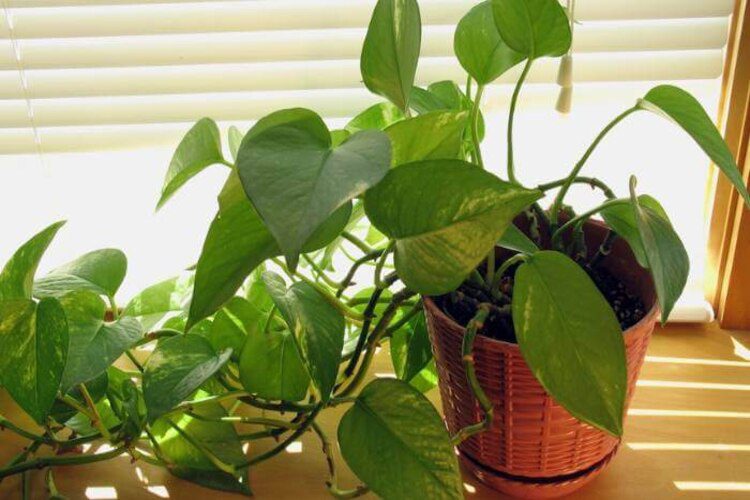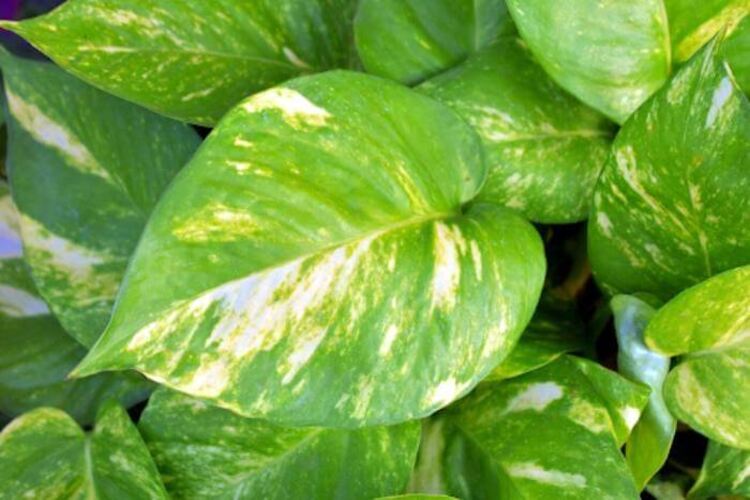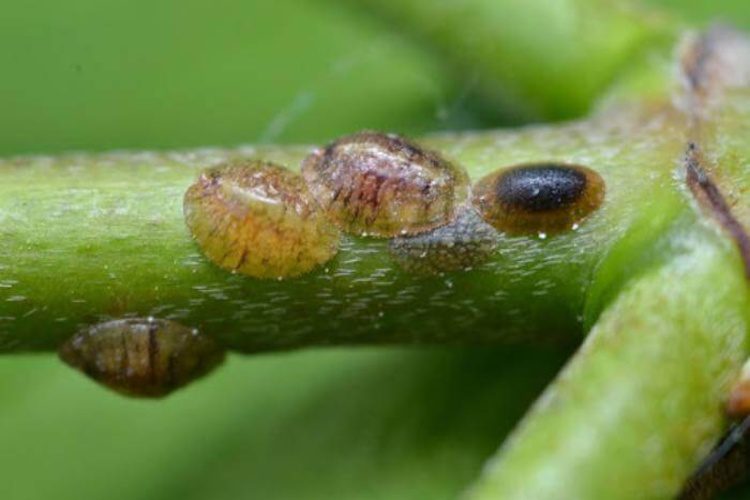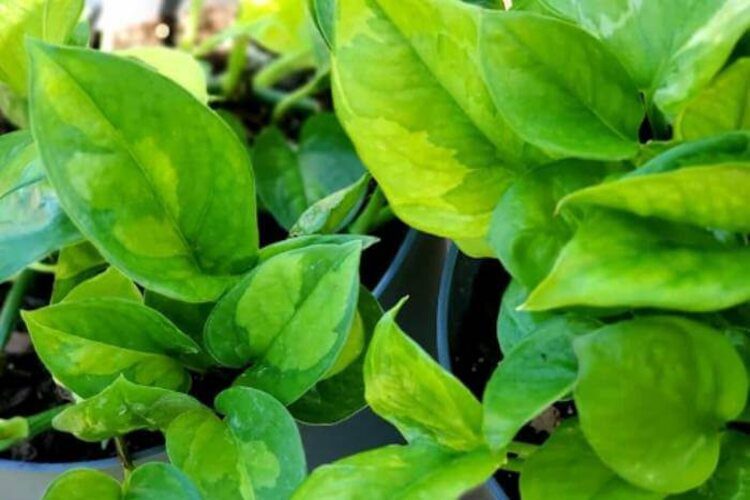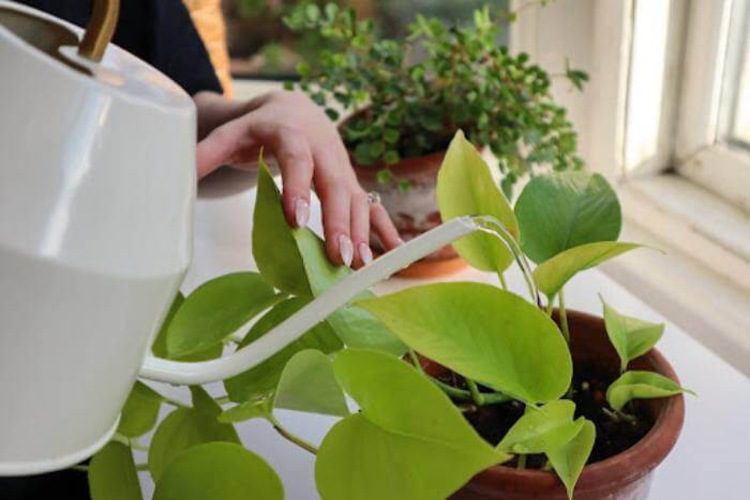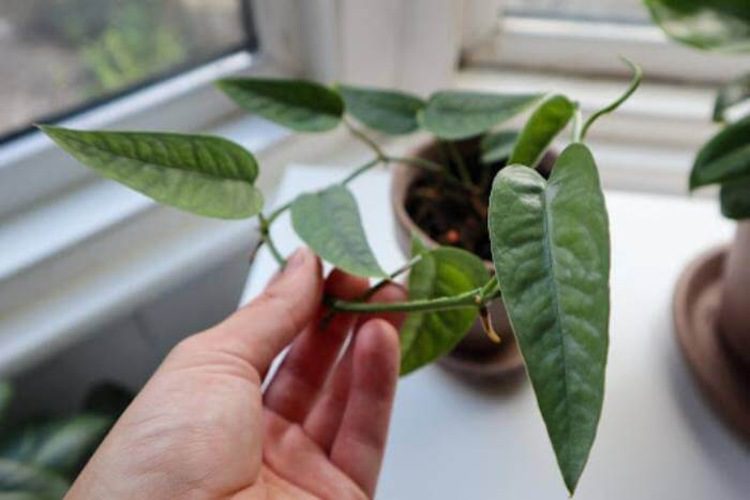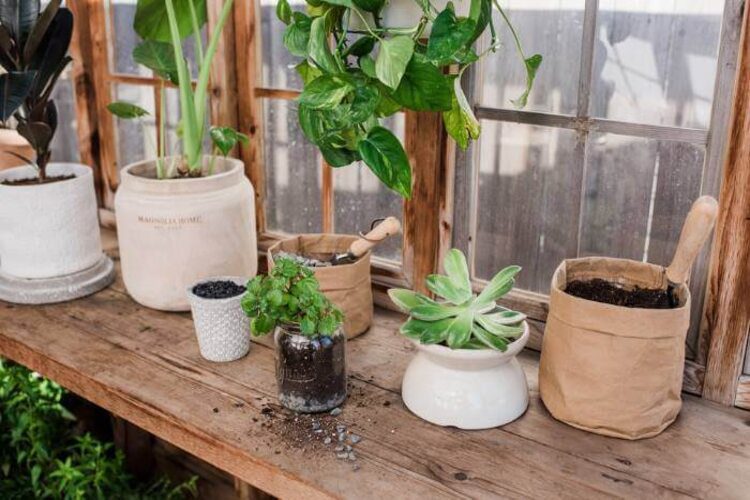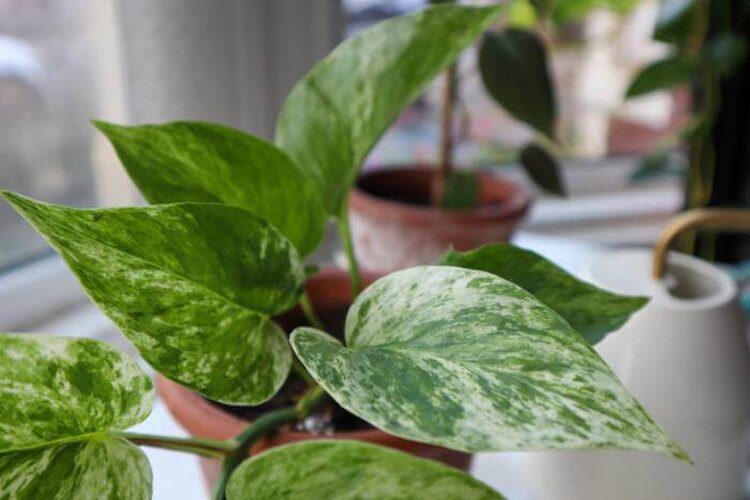Why Are My Pothos Leaves So Small? 5 Main Causes
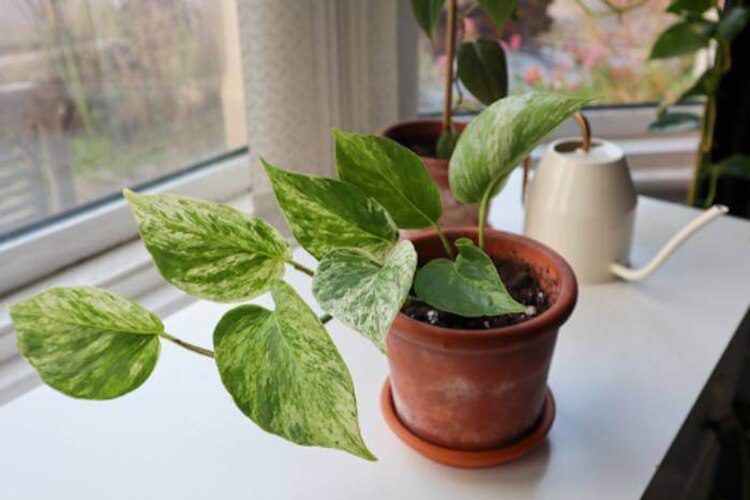
Different types of Pothos have different-sized leaves. The typical leaf length for an indoor Pothos plant is between 4 and 8 inches. Is it proof that the plant is sick when your Pothos produce modest leaves? There are many reasons for this; however, not being careful of these factors, such as watering, lighting, or temperature, can lead to small leaves.
Study why Pothos leaves are not growing appropriately to develop your understanding and help your plant grow faster in this post!
What Do Small Leaves Look Like?
Pothos plants are well-liked for their low maintenance requirements and lush green leaves. Depending on the variety, Pothos leaves may reach a length of three feet and are glossy, brilliant green, and occasionally variegated. However, you should know that the young leaves are considerably smaller in most instances than the older ones. After recognising this particular problem with Pothos leaves, you have to determine whether your Pothos leaves haven’t yet reached maturity or have grown improperly.
If the latter is the case, your Pothos leaves will shrink, become curly at the edges, and sometimes turn yellow even when they are fully grown. These leaves may show other signs, depending on the root cause. Thus, it’s essential to identify the culprits of this phenomenon for exact treatments.
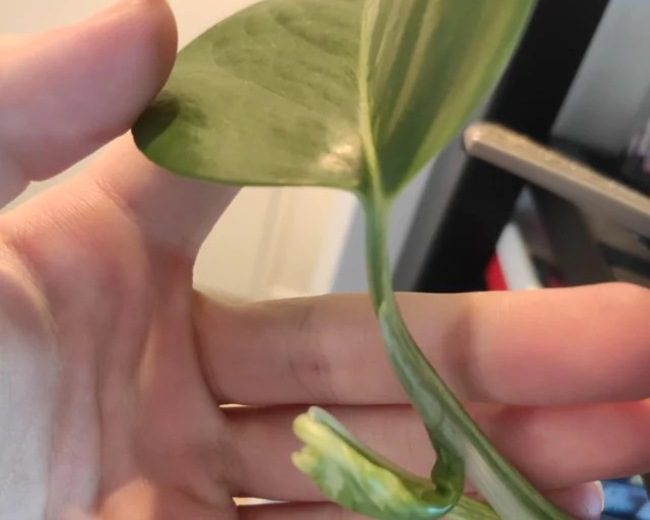
Why Are Pothos Growing Modest Leaves?
Many factors affect the abnormal growth of leaves, including water issues, insufficient light, pest infestations, cold temperatures, and too compact soil. Let’s keep reading to get into the details and learn practical solutions!
Watering
Pothos plants may tolerate some neglect in terms of watering, but they thrive when given frequent watering once the surface layer of the potting mix becomes dry. Leaves decrease in size when they don’t receive adequate irrigation regularly. A busy or irregular watering schedule may cause a reduction in leaf size, which is how plants respond to their surroundings.
Overwater
If you water your plants too often, the roots might not have enough time to dry in between waterings. They can undergo fungus growth and root rot, which cause rhizome systems not to absorb nutrients. While under stress, plants will concentrate their efforts on addressing these issues instead of growing. Over time, you’ll observe that the Pothos adjust to persist, which is apparent in the shrinking of the leaves and Pothos dripping water.
How to fix:
If you are overwatering your Pothos, the first solution is to water them less. You should assess the condition of the soil to adjust your watering plan. Before watering, always check the soil. Ensure the surface of the potting mix is dry between waterings, and prioritize drainage to avoid root rot. If you don’t have a specific watering schedule for your plants, ensure to water them once or twice a week.
Underwater
Although pothos plants may withstand prolonged periods without irrigation, they are not resistant to drought. If you don’t water them for a few weeks, they can appear normal, but their development rate will drastically slow down. Other underwater indications will eventually show up in your plants. The leaves will start wilting, yellowing, and getting dry and crispy.
How to fix:
It’s advisable to prune away the wilted yellow parts of the leaves. Water your plants more regularly, especially in the summer months.
Not Enough Light
Although most Pothos varieties can tolerate low light conditions, it will undoubtedly slow down their growth rate. Photosynthesis is the mechanism responsible for generating the food plants need to survive. In the absence of light, Pothos can’t photosynthesize to generate energy.
Pothos’ trailing stems become thinner and begin to develop towards the light sources when they do not receive enough light. The young leaf development is thus more sparse, thinner, and paler than the mature foliage. Pothos thrive in partial or complete shade. So, constant exposure to strong sunlight will harm these plants and result in leaf burning.
How to fix:
All you need to do is move your plants to a location with more indirect light and brightness. It will enhance your Pothos’ health and provide them with a high level of energy for the photosynthetic process and better leaf development.
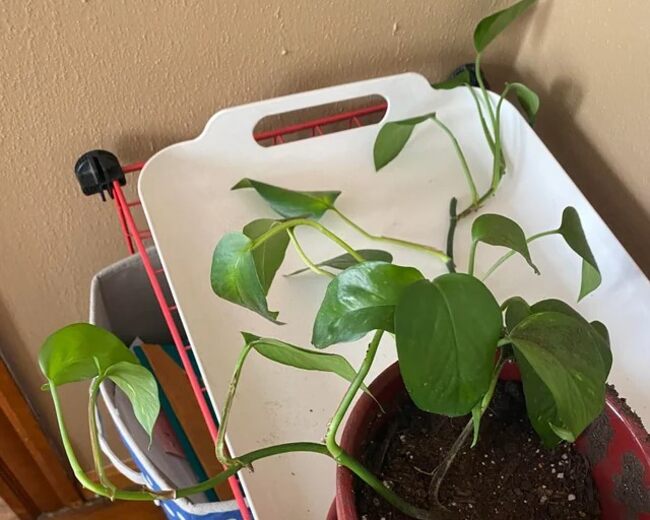
Pest Infestation
Infestations with pests are uncommon in Pothos. Nevertheless, spider mites, mealybugs, and aphids can go into the plants and harm the tissues of the leaves.
Leaves suffer from the effects. The young leaves will shrink and become less healthy compared to the developed ones, and they may develop brown spots if not treated quickly and correctly. Pests might give your pothos plant illnesses that further impede its growth. They comprise fungi that cause diseases, including root rot and powdery mildew.
How to fix:
To lower the risk of bugs and illnesses, keep the foliage of your plants dry and clean. Use cotton swabs dipped in rubbing alcohol gently on the infected spot and bugs to resolve this problem.
In cases where the infestation is severe, it will kill some insect pests but not all of them. In this situation, you should take your Pothos somewhere open, far from other pots, or into a bathtub, and wash the pests off the Pothos. If any pests are still present after that, you may want to spray neem oil on them to guarantee complete eradication. Before placing new plants next to existing species, it’s a good idea to quarantine and separate them for a few weeks.
Cold Temperature
The dormant season might cause the pothos leaves’ small size and slow growth. A plant may die from tissue damage brought on by too low temperatures; its development may be stunted, and its leaves may shrink. Due to the shorter days and colder temperatures, it usually happens in late autumn and early winter. Pothos plants will halt their growth during this period and concentrate all their efforts on overcoming the cold temperature.
How to fix:
Tropical temperatures between 60 and 80 degrees Fahrenheit are ideal for pothos plants to thrive. Your plant’s development will be considerably slowed if your house’s temperatures suddenly fall below this threshold. Create a warmer environment for these plants by using a space heater. If you have difficulty raising the room’s temperature, relocate them near a radiator. During the warm season, you should take your Pothos outdoors, but ensure to bring them inside before nighttime when temperatures drop.
Too Compacted Soil
While vining plants like Pothos may spend a lifetime in their pots, checking the root ball once a year is advisable. You should move your plants as promptly as possible if the containers are small and the rhizome system is so immense that there isn’t much potting soil left in the pots.
Pothos that are significantly pot-bound may produce new sprouts to survive. As a result of the lack of nutrition, the foliage will be frail, and the young leaves will shrink. Moreover, too compact soil makes it hard for aeration and drainage, which may cause root rot.
How to fix:
If this problem occurs, the best solution is to find and replace the old soil with another appropriate for your plants. It’s also a good idea to fill the pot’s base with a layer of gravel and rocks before pouring soil. It will keep the rhizome system dry and make it easier for the Pothos to absorb air quickly.
FAQs


